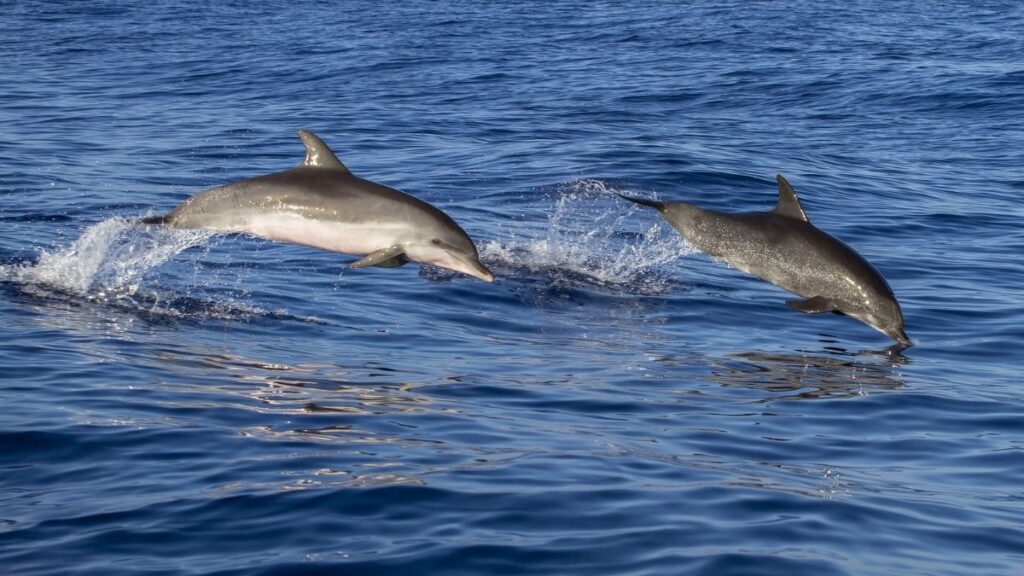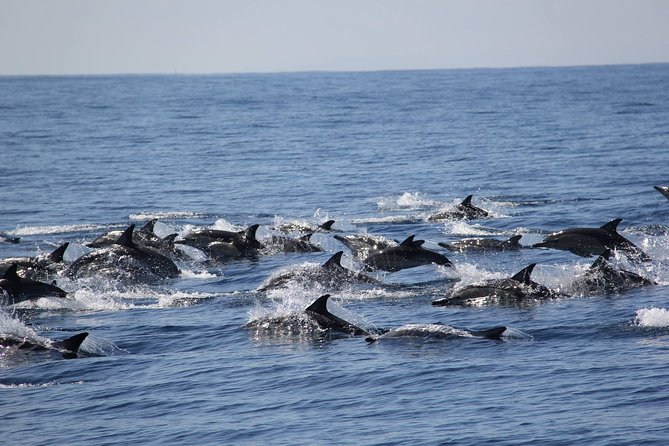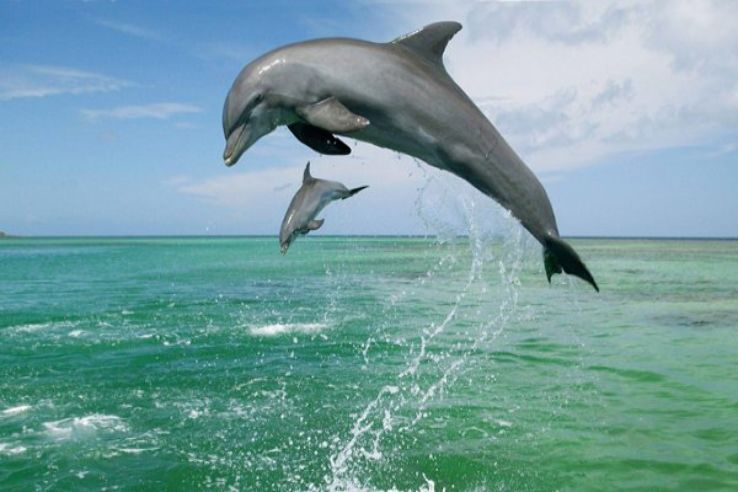Located in the eastern Indian state of Odisha, the Chilika Lake is a vast brackish water lagoon that stretches across an area of 1,100 square kilometers. It is the largest coastal lagoon in India and is home to a rich and diverse ecosystem. Among the many wonders that this enchanting lake holds, one of the most captivating is the presence of the incredibly intelligent and gentle creatures – the dolphins of Chilika.
Chilika Lake is home to two species of dolphins: the Irrawaddy dolphin Orcaella brevirostris and the Indo-Pacific humpback dolphin Sousa plumbea. These dolphins, often referred to as the ‘sentinels of Chilika’, are not only an intrinsic part of the lake’s ecosystem but also the cultural fabric of the surrounding communities.
The Irrawaddy dolphin, named after the river in Myanmar, is a medium-sized dolphin species known for its unique rounded head and short beak. They inhabit the estuarine and coastal waters of Southeast Asia, and Chilika Lake is one of their few remaining habitats. With their distinctive appearance and playful nature, they have become the darlings of both locals and tourists alike.

The Indo-Pacific humpback dolphin, on the other hand, is easily recognizable by its hump-like dorsal fin and the pinkish hue of its body, especially in the mature males. These dolphins are highly social and can often be seen swimming in small groups, showcasing their acrobatic skills by leaping and twirling through the water. Their graceful presence and vibrant coloration make them a spectacular sight for anyone fortunate enough to witness them in their natural habitat.
The dolphins of Chilika play a crucial role in maintaining the ecological balance of the lake. They are top predators, helping to control the population of their prey, which includes various species of fish and crustaceans. Moreover, their movement patterns and feeding habits determine the health of the lake’s ecosystem, offering valuable insights to researchers studying the area.
The Chilika Development Authority, in collaboration with several non-governmental organizations, has been actively involved in monitoring and conserving these magnificent creatures. They conduct regular surveys and research to monitor the population size, distribution, and behavior of these dolphins. Efforts are also being made to mitigate the threats they face, such as fishing net entanglement and habitat degradation due to pollution and human activities.
You can read our another post on Monumental Efflorescence of Ranipur-Jharial

The local fishing communities have a deep-rooted bond with the dolphins of Chilika. They rely on the lake’s abundant resources for their livelihoods and, over the years, have developed a sustainable fishing practice called “dolphin-friendly fishing.” This traditional method involves communication and coordination with the dolphins, ensuring their safety while still enabling the fishermen to catch fish. This unique relationship between humans and dolphins is a testament to the coexistence of man and nature.
However, despite the conservation efforts, the dolphins of Chilika still face numerous challenges. The construction of illegal prawn gherries (enclosures) and rampant pollution from nearby industries pose a persistent threat to their habitat. Moreover, the lack of awareness among visitors and the absence of strict regulations often lead to disturbance and harassment of these gentle creatures.
It is our collective responsibility to protect and preserve the dolphins of Chilika. Through sustainable tourism practices, stricter regulations, and public awareness campaigns, we can ensure their survival for generations to come. These beautiful creatures are not just a symbol of the lake’s magnificence but also a reminder of the delicate balance of nature that we must strive to maintain.
So, the next time you visit the Chilika Lake, keep your eyes peeled for a glimpse of these enchanting dolphins, and remember to be respectful and responsible in their presence. Let us celebrate their grace and resilience and work together to safeguard their home and our natural heritage.

Writer A FAQ For Dolphins of Chilika: A Tale of Grace and Resilience
What are the Dolphins of Chilika?
The Dolphins of Chilika are a population of endangered Indo-Pacific bottlenose dolphins (Tursiops aduncus) that reside in Chilika Lake, located in the northeastern part of the Indian state of Odisha. They are highly intelligent and sociable marine mammals, known for their playful behavior and acrobatic displays.
How many dolphins inhabit Chilika Lake?
The population of dolphins in Chilika Lake is estimated to be around 150 to 170 individuals. This makes it the largest known population of Irrawaddy dolphins in India. These dolphins are highly valued for their conservation significance and play a crucial role in maintaining the ecological balance of the lake.
Why are the Dolphins of Chilika endangered?
The Dolphins of Chilika face several threats that have led to their endangered status. These include habitat degradation, water pollution, accidental entanglement in fishing nets, and the illegal and indiscriminate use of gill nets. These human activities pose significant risks to the survival of these dolphins and efforts are being made to address these issues to protect the species.
Are there any conservation efforts in place for the Dolphins of Chilika?
Yes, there are several conservation initiatives aimed at protecting the Dolphins of Chilika. These include awareness campaigns to educate local communities and fishermen about the importance of dolphin conservation, strict regulations on fishing practices, establishing protected zones within Chilika Lake, and monitoring the population and behavior of the dolphins to inform conservation efforts.
Can visitors observe the Dolphins of Chilika?
Yes, visitors have the opportunity to observe the Dolphins of Chilika in their natural habitat through organized boat tours and eco-tourism initiatives. These tours are regulated to ensure minimal disturbance to the dolphins, and guidelines are followed to maintain a safe distance and respect their natural behavior. This allows visitors to appreciate the beauty and conservation significance of these majestic marine creatures.
